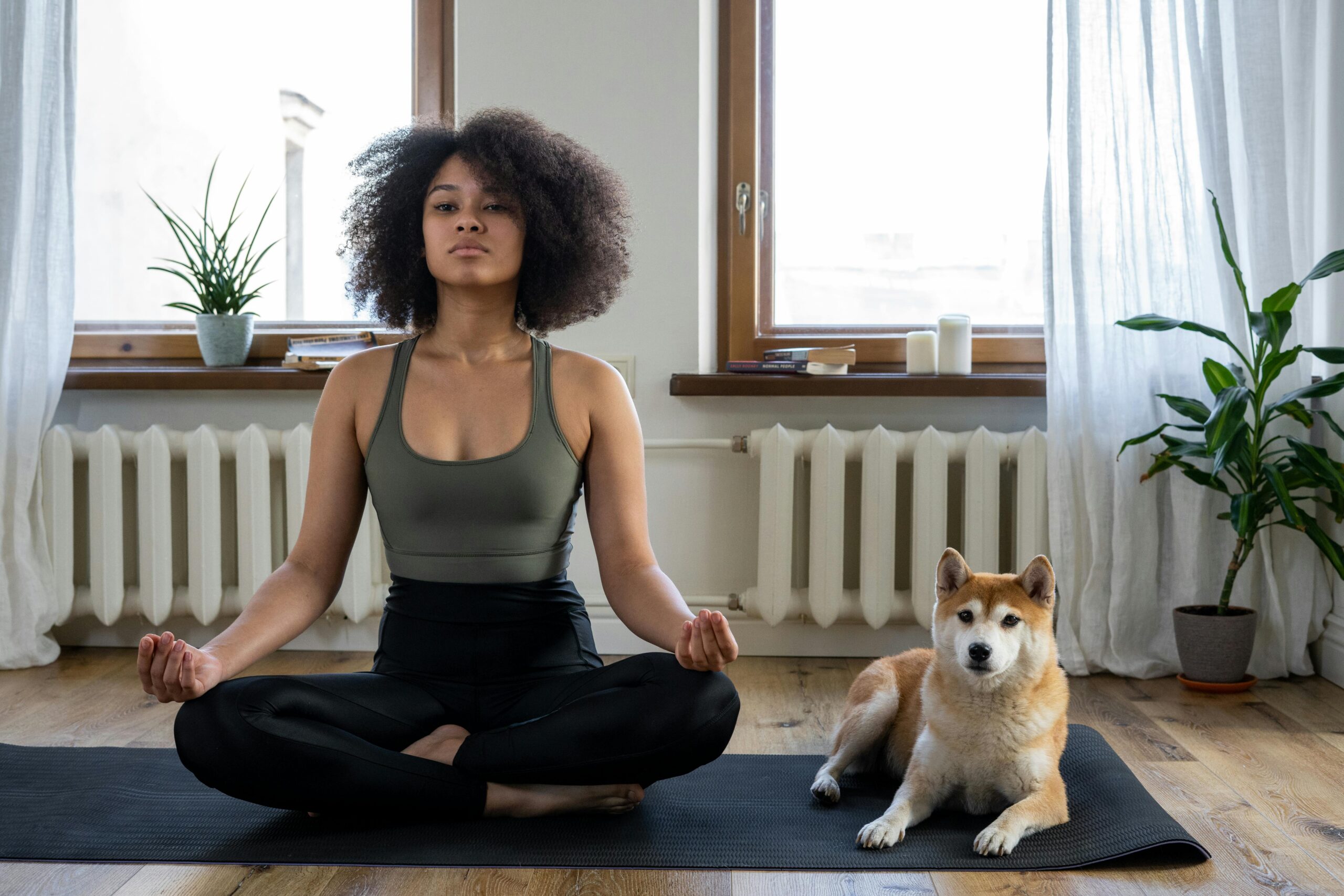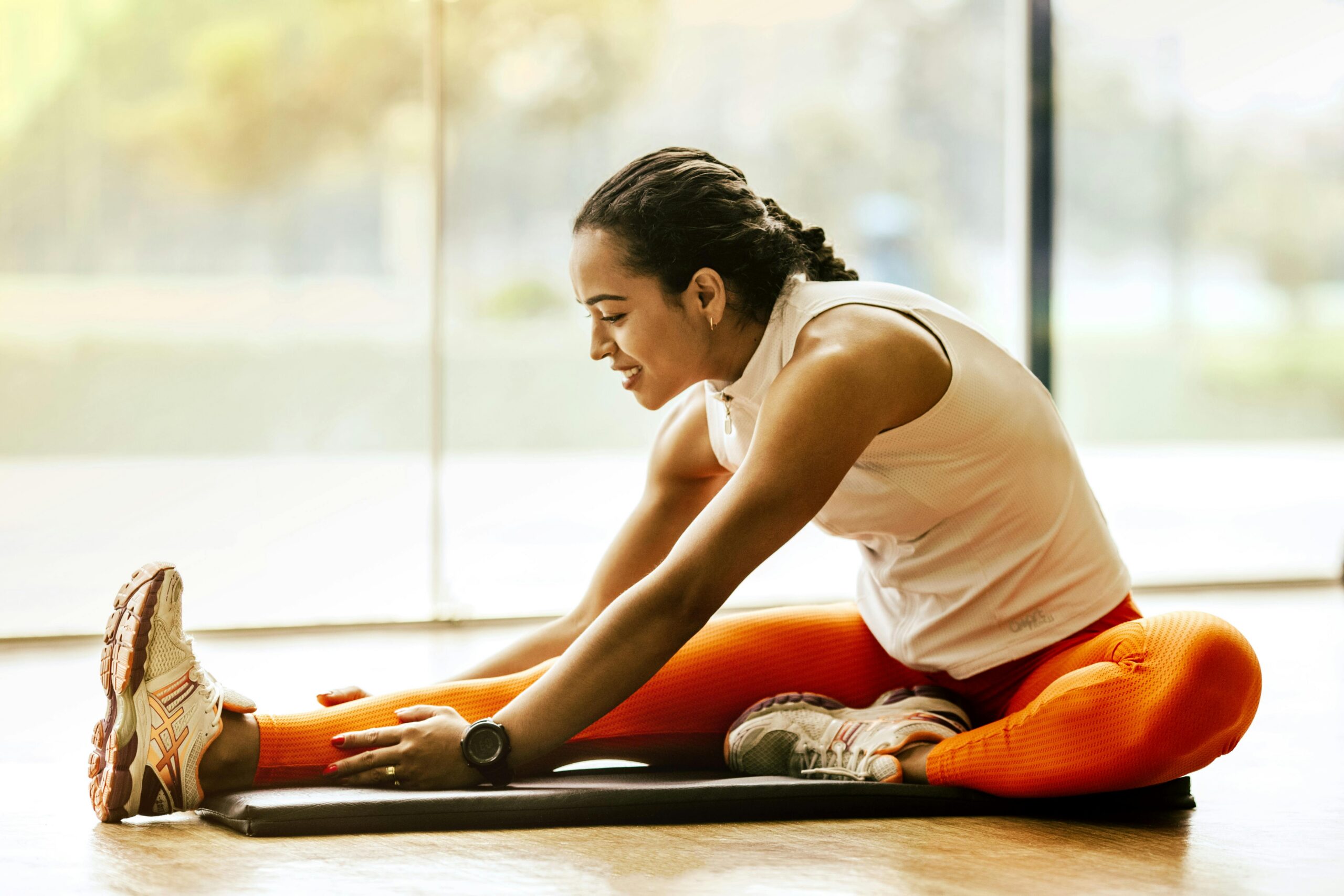
Introduction
The Iyengar Yoga is a much detailed and alignment based Yoga designed by the great yogi B.K.S. Iyengar. Famous because of its precision, technique, and smart use of props, Iyengar Yoga is an ideal choice for people, who wish to learn more about every single posture and its advantages. Whether you’re a beginner, recovering from an injury, or an advanced practitioner looking to refine your form, Iyengar Yoga offers a structured and transformative approach to both the physical and mental aspects of yoga.
—
What is Iyengar Yoga?
Iyengar Yoga is a system of Hatha Yoga that prioritizes correct alignment in every pose (asana) and controlled breathing (pranayama). In comparison with such dynamic styles as Vinyasa or Ashtanga, Iyengar Yoga is gradual and considered. Asanas are maintained at a longer positions to develop stability, endurance and a full feeling of understanding.
The main difference between Iyengar Yoga and other types of yoga lies in the utilization of props: these are different items used in order to make sure that students can find the right position safely and train it successfully without being limited by flexibility or other physical issues.
—
The Legacy of B.K.S. Iyengar
B.K.S. Iyengar (1918–2014) was one of the foremost yoga masters of the 20th century. The interest in yoga was prompted by his own health difficulties and he became interested in creating a therapeutic approach which would help anyone of any age and in any condition. His book, Light on Yoga has been termed as classic and has opened millions of people in the world to the discipline.
His teaching is rooted in the classical texts of yoga such as the Yoga Sutras of Patanjali, emphasizing the eight limbs of yoga (Ashtanga), especially the limbs of asana, pranayama, and dhyana (meditation).
—
Key Features of Iyengar Yoga
🧘♂️ 1. Alignment and Precision
All the positions of the Iyengar Yoga are done with special care to the anatomical positioning. This enhances the diet and avoids injury and trains the body to act in a very efficient way.
🧰 2. Use of Props
The usage of props is not to take away the job of an actor because he has to take a crutch, but to be his assistant:
Make poses accessible to beginners
Allow deeper stretches safely
Assist those with injuries or limited mobility
⏱️ 3. Holding Poses
Iyengar practitioners spend more time in each pose instead of floundering one pose to the other. This creates some strength, stability and better knowledge about the body.
🌬️ 4. Breath Control (Pranayama)
Breathwork teaches come in subsequently when asanas have been mastered. It is concentric even breathing that facilitates energy balance and clarity in the mind.
🧠 5. Mental Focus and Discipline
Through mindfulness, Iyengar Yoga teaches the practitioners to attain focus, patience, and self-awareness since the practice will be slowed down.
—
Benefits of Iyengar Yoga
🌿 Physical Benefits
Improves posture and body alignment
Increases flexibility and joint mobility
Builds muscular strength and stamina
Alleviates chronic pain and muscular imbalances
Supports injury recovery and physical therapy
🧘 Mental and Emotional Benefits
Enhances concentration and mental clarity
Reduces stress and anxiety
Promotes emotional balance and resilience
Builds patience, discipline, and self-control
🕉️ Spiritual and Energetic Benefits
Brings awareness to the subtle body and breath
Aligns body and mind in preparation for meditation
Encourages introspection and self-study (svadhyaya)
—

Who Should Practice Iyengar Yoga?
Iyengar Yoga is ideal for:
Beginners who want to learn yoga safely and precisely
People with physical limitations or injuries
Older adults who need a supportive practice
Advanced yogis aiming to deepen their alignment and technique
Anyone seeking therapeutic benefits from yoga
It is particularly useful in the rehabilitation process and long-term body fitness because it is disciplined and procedural.
—
Tips for Practicing Iyengar Yoga
1. Emphasis on Form: Other considerations below should be emphasized more than penetrating into a pose.
2. Utilize the use of Props: Incorporation of things like blocks, straps or blankets is not only allowed but it helps you all the more.
3. Remain Patient: Iyengar Yoga is a life-long achievement that requires a long time.
4. Be consistent: The best results are achieved by frequent practice although it may be even a little bit at some time.
5. Find a qualified person: Iyengar teachers have gone through thousands of hours of training.
—
Conclusion
Iyengar Yoga does not merely consist in a physical activity: it is a rigorous way to discover yourself and to heal. Being rooted in alignment, preciseness, attention to the choice of a movement, it gives the practitioners a chance to experience the body and mind to their full potential. New to the mat or recovering after an injury, wanting a deeper practice or having no idea what it is you want, Iyengar Yoga is a thinking man or woman; a wise one and will always benefit you.
